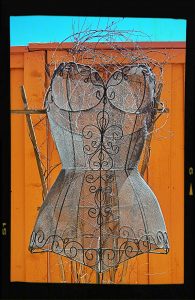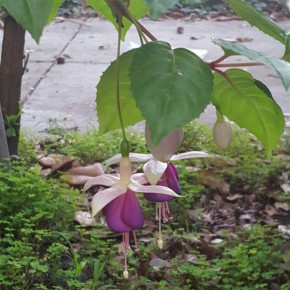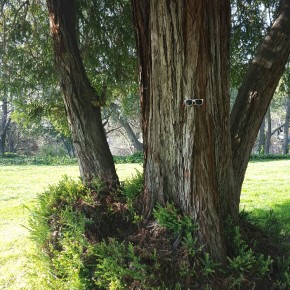What is mathematics?
Review of The Mathematical Experience, by Philip J. Davis & Reuben Hersh (1981)
By Tony LongShanks LeTigre
Several years ago, during a period when my life had taken a strange turn & I began delving into physics books as an inquiry into the deepest ontological & philosophical questions, the question above began to interest me. One book I read was Murray Gell-Mann’s The Quark & the Jaguar, in the course of which he posed the question of whether mathematics was or was not a science in itself; if so, he states, it is “more fundamental than any other.” Gell-Mann deserves some credit for being open-minded enough to even pose the question, for some physicists—as well as logicians, & computer scientists, & engineers, & various others—hold a reductive or belittling view of math as merely a tool or language for other sciences. The more I read about physics, the more fascinated I became by the way that equations like those involved in Einstein’s theory of relativity could tell us things about the nature of the cosmos, could predict things & point to answers of mysteries that would otherwise lie far beyond our present grasp. I didn’t want to do mathematics—solving equations, measuring angles, formulating convergence proofs—but to read about the subject itself in a detached way; if math is the science of numerical abstraction, you could say that I had an abstract interest in an abstract science. I wanted to find a book that would explain the nature of mathematics & mathematical philosophy, if such a thing exists. It turns out it does—or did—& I found the perfect introduction in the form of The Mathematical Experience, by Philip J. Davis & Reuben Hersh, published in 1981.
Who knew the history of math could be so fascinating, so entertaining, even? Davis & Hersh trace that history from its beginnings with Thales (circa 600 BC), Pythagoras, Euclid, & Archimedes in the classical Greek era; into the relative darkness of the Middle Ages, followed by the enlightenment of the 1600s with Kepler, Galileo & Newton; & thence forward via Lagrange, Euler, Gauss, etc. to the modern era.






